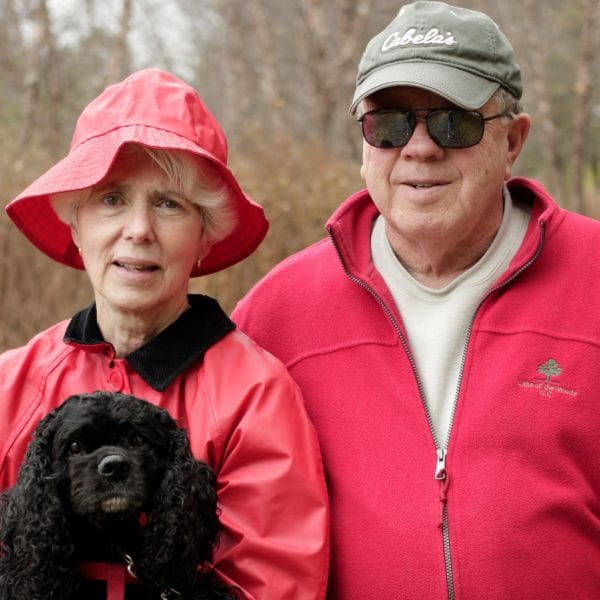Advance Care Planning With Alzheimer’s
Nov 10, 2020 dementia don pilcher

November is National Alzheimer's Disease Awareness Month, a time aimed to educate the public about Alzheimer’s, the far reaching scope of this disease among Americans, and the importance of care planning.
My late wife, Linda A. Meyer, PhD died at the end of 2019 after living with Alzheimer’s and its debilitating effects for seven years. Decades before Linda’s diagnosis we cared for her mother, a retired nurse, as she succumbed to Alzheimer's disease. Linda’s mother did not prepare her advance care directive and never communicated her end-of-life wishes to her family.
The experience served as the impetus for Linda drafting her preferences, including guidance in the case of a dementia diagnosis. After experiencing the absence of her mother’s advance directive, Linda was not going to allow her own wishes to remain unknown.
As is common enough, advanced Alzheimer's disease left Linda with adequate mobility but virtually no judgment or protective reflexes. I was schooled by her doctor that falls were inevitable and that unavoidable injuries might well be one of the doors through which she would exit this life.
The explicit advance directive Linda wrote many years before, as her mother struggled with her own disease, proved to be the most meaningful guidance in her end-of-life care. She stated that in the case of dementia, she wanted palliative care only. Palliative care is a form of care for people with serious illnesses. She requested no antibiotics, no labs, no transport to the ER, no CPR, no assisted feeding. Nothing but palliative care or hospice, which is care in the last 6 months of life.
On Christmas Eve of 2019 Linda had her final fall, resulting in enough injuries to qualify for hospice. Linda’s explicitly outlined end-of-life wishes influenced her hospice doctor to provide immediate care that was clearly aligned with her desires. He soon placed her on palliative sedation, a medical protocol to reduce consciousness to relieve extreme pain and suffering, usually resulting in death. A week later, on New Year's Eve, Linda died peacefully.
Unfortunately, many people are unprepared when serious things come up, such as making a decision about resuscitating someone with dementia or disabling a pacemaker. They’ve never thought about what it would be like to say “no.” The consequence is that people default to “yes” and may inadvertently consign their loved one to many more months of suffering, without sufficient reflection as to what the loved one’s wishes may be.
I encourage people to take advantage of Compassion & Choices’ Dementia Tools. The resources are free, empowering and simplify the process of advance care planning and communicating those important wishes with others. Learn more about both online tools and test them out yourself to make informed decisions around end-of-life care:
Dementia Values & Priorities Tool
This tool walks individuals through the common stages of dementia and helps them to identify when, if ever, their goal for care may change from “do everything possible” to “allow for my natural death.” The tool allows users to create a Dementia Healthcare Directive to add to a standard advance directive, which empowers healthcare proxies to implement critical, informed decisions — guilt-free — on a patient’s behalf.
This tool allows users to indicate the current status of their dementia diagnosis, specify what they hope to learn and accomplish from an upcoming clinical appointment, and customize that experience from a list of helpful questions. Responses can then be printed or emailed to a provider or family member to ensure that these high-stakes medical appointments allow for the important discussions that everybody in the room needs to be part of.


